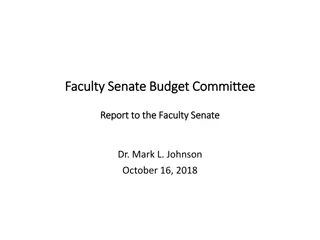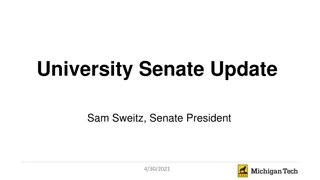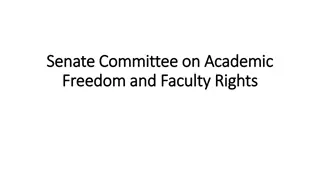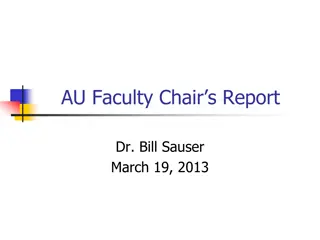Faculty Senate Meeting and Hiring Authorization Committee Report
The Faculty Senate at the University of Missouri-Kansas City discussed various issues, including positions approved and denied by the Hiring Authorization Committee. The report also highlighted budget variances in compensation and benefits. Addressing concerns about GTAs, GRAs, and adjuncts, the Senate focused on long-term financial strategies and campus-wide engagement for enrollment solutions.
Download Presentation

Please find below an Image/Link to download the presentation.
The content on the website is provided AS IS for your information and personal use only. It may not be sold, licensed, or shared on other websites without obtaining consent from the author. Download presentation by click this link. If you encounter any issues during the download, it is possible that the publisher has removed the file from their server.
E N D
Presentation Transcript
Faculty Senate University of Missouri-Kansas City October 10, 2015 1
Hiring Authorization Committee Total Number of Positions Positions Approved Positions Denied Hold for Additional Information 294 1870 1575 1 *Data from January 1, 2015 October 10, 2015 Committee inception: December 2013 Meetings are held monthly 2
Results Compensation & Benefits Budget 167,503,814 174,971,395 Actual 167,770,643 Variance (266,829) FY2013 FY2014 -0.2% 173,586,479 (1,384,916) -0.8% FY2015 177,634,356 170,154,602 (7,479,754) -4% YOY Change (2014-2015) 2,662,961 2% (3,431,877) -2% Compensation and Benefits = 80% of Operating Costs 3
Issues to be addressed The distinction between GTAs, GRAs and graders GRAs are to be grant funded and the position aligns with the funding The use of GTAs when a specific class size is met Graders do not teach . And GTAs do GTAs and GRAs also come with a tuition stipend consider full cost There are various levels of tuition waivers here . No consensus The use of adjuncts - not the desired approach but cost effective Consolation of positions, within and between departments - e.g. Statistics 4
Going Forward (Keys to Long-Term Financial Strength) Campus-wide engagement in developing an A&S enrollment solution Differential tuition for SCE, BSM, Nursing, Conservatory Professional schools price to market Reverse engineer weighting factors Maintain focus on improving productivity measures Eventually, retire the hiring committee Staffing plans/Compensation/Budget alignment/Performance 5
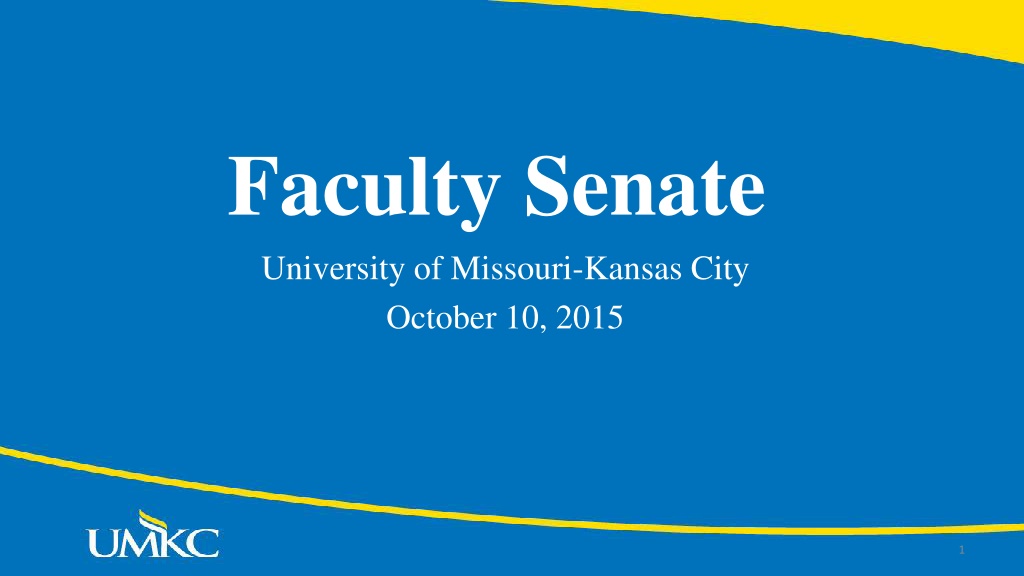




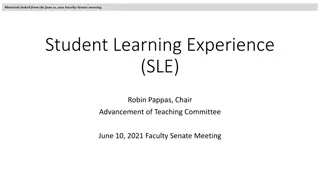
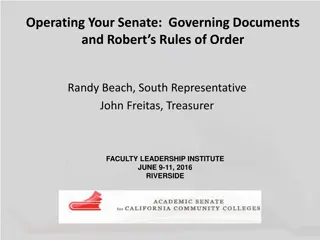
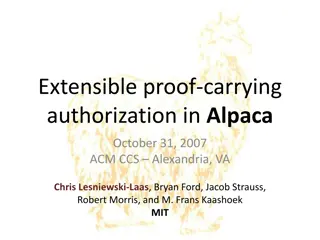

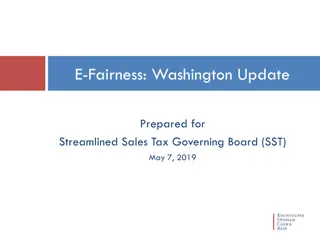
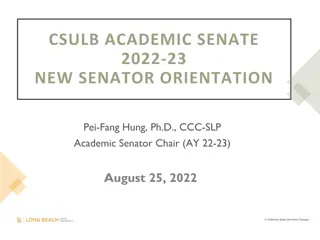


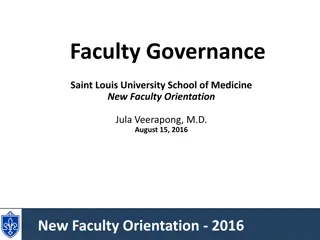
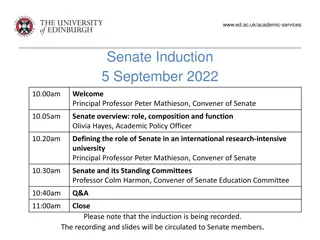

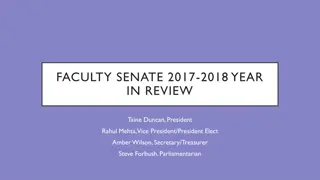
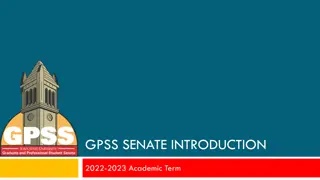
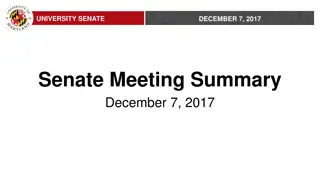
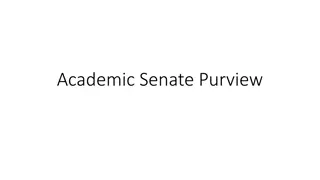
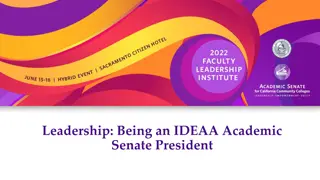
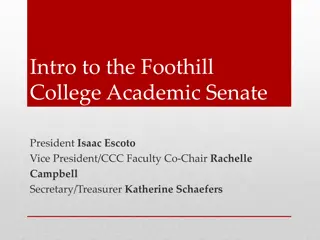
![Overview of the Faculty Senate at [Institution Name]](/thumb/233771/overview-of-the-faculty-senate-at-institution-name.jpg)
